
The ANIX Shell, Lazer Pascal and the LISA Assembler for the Apple II
<< Back to Apple Oldies Home
Introduction to ANIX and LISA
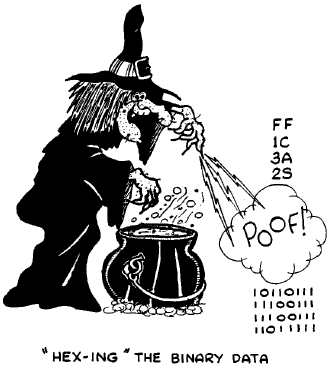
In putting this page together the Internet was scoured for all available
evidence of Randy Hyde's ANIX Shell and LISA Assembler but since it is likely
more versions may exist than are listed here,
please email me (Bill Buckels) at bbuckels@mts.net if you
can provide me with ANIX Shells and LISA Assemblers, Documentation and Examples
other than what is listed on this website.
If you are a Windows User your best bet to handle the various archives here is
Andy McFadden's CiderPress.
The best emulator for the DOS 3.3 and ProDOS 8 Disk Images is likely
Tom Charlesworth's AppleWin.
For Apple GS/OS emulation use Kegs32.
The ANIX Shell
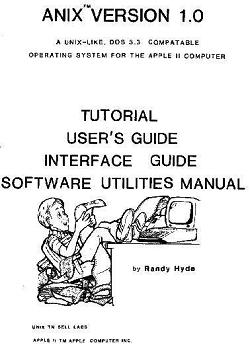
ANIX 1.0 by Randy Hyde
Lazer MicroSystems is proud to announce ANIX 1.0, one of the best software
tools money can buy. With many of the features that has made Bell Labs'
UNIX operating system so popular, ANIX is a flexible, easy to learn and
use operating system that can read and write DOS 3.3 files. Existing
files and databases are not obsoleted by ANIX, only complimented.
An operating system without application programs is useless. Supplied on
the disk with ANIX are over 30 useful utility programs. The utilities
alone are worth far more than the cost of the ANIX package. Some of the
utilities prodived with the ANIX package include: ADU, DUPDSK, PUTDOS,
TYPE, PRINT, STAT, DREN FREE 2, UNDEL, MAKE, SIZE, WORD COUNT (WC), LINE
COUNT (LC), BUILD, ED, INIT, MAKEAUTO, BTOT, and many more!
ANIX 1.0 was written by Randy Hyde, the author of LISA, SPEED/ASM,
DISASM/65, TRACE/65, DOSOURCE 3.3, portions of Apple PIE, and several
other professional software tools. ANIX is, by far, one of his best
efforts to date. For advanced 6502 programmers the source listings of
ANIX and all the utilities are also available.
ANIX 1.0 features:
- DOS 3.3 file structure compatable [sic]
- UNIX-like console command processor
- I/O can be redirected to a printer, slot, or disk file.
- Over 30 useful utilities and files.
- Smaller than DOS 3.3
A DOS 3.3-Compatable [sic] Operating System with the flavor of UNIX
<< Back to Top
The original ANIX (version 1.0) was a shell for DOS 3.3, written by
Randall Hyde to support his Lazer Pascal and other projects. The name
is derived from Apple uNIX which is not to say that it is UNIX.
It supported I/O redirection, EXEC files with parameters, user-written
extrinsics (utilities) etc.
ANIX 1.1 for DOS 3.3 and Lazer Pascal Disk Images
ANIX v2.2 is a shell for ProDOS/8, also written by Randall
Hyde and modified by Brian Fitzgerald mainly to provide an environment for
the LISA v3.1 assembler. It also supports I/O redirection.
ANIX 2.1c for ProDOS 8 Disk Image
ANIX 2.2a for ProDOS 8 Disk Images
<< Back to Top
The LISA Assembler

The LISA assembler (Lazerware's Interactive Symbolic Assembler - LISA),
written by Randall Hyde (Randy Hyde) in the late 1970s,
is an interactive MOS 6502 assembler for Apple II computers.
LISA was first released in 1979 by Programma International. Sierra
On-Line took it over when Programma went out of business (LISA was
a *tiny* part of Programma's business). When Sierra dropped it
sometime around 1983, Randy Hyde published and sold it himself for
a couple of years (he made his living in those years selling LISA
and other products and services). Then, shortly after the Apple II GS
came out, he turned LISA over to Brian Fitzgerald at HAL Labs who
continued to support it and extend it for another couple of years.
Randy turned the LISA project over to Brian Fitzgerald of HAL labs
because he no longer felt that LISA was an
economically viable product. According to Randy, Brian
"added some neat things to LISA and boosted it to the LISA/816 version on
the GS". Prior to that point LISA was exclusively written by Randy Hyde.
Eventually, the Apple II family of computers was no longer an
economically viable platform for software development, and LISA was
released into the public domain by HAL Labs.

LISA, V3.2, can compile about 30,000 lines of code in a minute
on a 1 MHz computer. LISA, before v.3, was able to compile SWEET16 codes,
(a virtual 16-bit processor implemented as part of Integer BASIC).
However, Apple II's integer ROM was replaced by Monitor ROM since Apple II+.
The assembler also features "Randy's Hi-res Routines",
a set of 2D computer graphics commands, and LISA has a built-in disassembler.
- LISA assembler at Wikipedia

LISA Assembler Version 2.5 Apple II Disk Images and Manual
LISA Assembler Version 2.5 Manual Online
LISA816 Assembler Version 5.433 in GS/OS 2image Disk Image format

<< Back to Top
Randall (Randy) Hyde

Randall Hyde is evidently best known as the author of The Art of Assembly
Programming, a popular book on assembly language programming.
Of more interest to Apple II enthusiasts is probably
that Randy created the LISA assembler
(1970's) and also the ANIX shell (the focus of this page) and wrote
Using 6502 Assembly Language [which is available in electronic
format in both a
text version
and a
full version which
by-the-way features some really excellent "vintage" cartoons
even if you aren't so much of a programmer.]
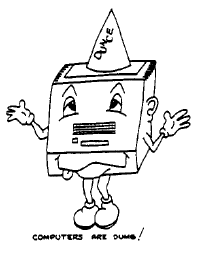
Randall Hyde was educated and lectured at the University of
California at Riverside. Specializing in compilers and other system software,
he has written assemblers, compilers, operating systems and control software.
In 2005 he worked for General Atomics and frequented the alt.lang.asm
newsgroup.
- Randall Hyde at Wikipedia
See also:

Full Version - Using 6502 Assembly Language by Randy Hyde (pdf)
Text Version - Using 6502 Assembly Language by Randy Hyde (pdf)
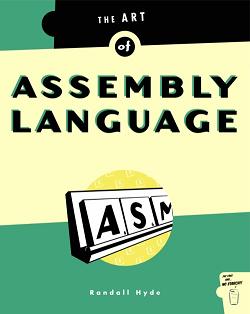
The Art of Assembly Language Programming and HLA at Webster
<< Back to Top
Brian Fitzgerald
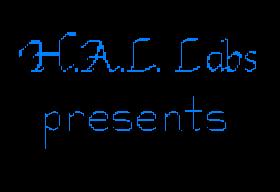
In the early 1980's before becoming involved with ANIX and LISA,
Brian Fitzgerald started H.A.L. Labs, borrowing the company name from the
fictional company that produced the HAL-9000 computer in
Arthur C. Clarke's 2001: A Space Odyssey.

Brian created a version of Atari's Pac-Man for the Apple II calling it
Taxman. He changed the shape of the monsters from ghosts to creatures
but he duplicated the maze too perfectly and from that point-on he
gained his "main claim to Apple II fame". Atari forced HAL Labs to withdraw
Taxman. Brian subsequently changed the mazes and re-released it as
Super Taxman 2.
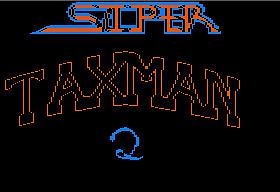
After LISA was released into the public domain by HAL Labs, Brian
Fitzgerald still retained his public "notoriety" as the creator of Taxman
as recently as 2004 when John Romero "billed" him as such when promoting
Romero's Apple II Reunion in Malibu, CA, listing Brian as a "draw" along
with other Apple II "celebrities" like "Woz".

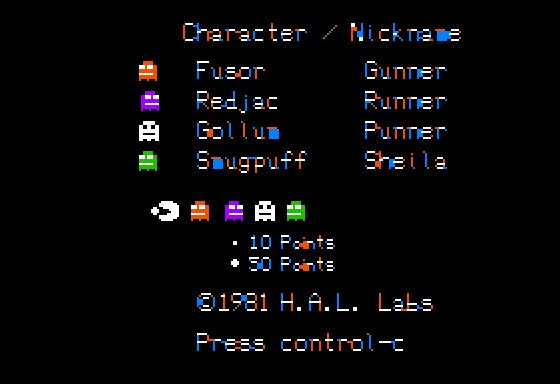
Download Taxman and Super Taxman 2 Apple II Disk Images
<< Back to Top
© Copyright Bill Buckels 2009
All Rights Reserved.
















